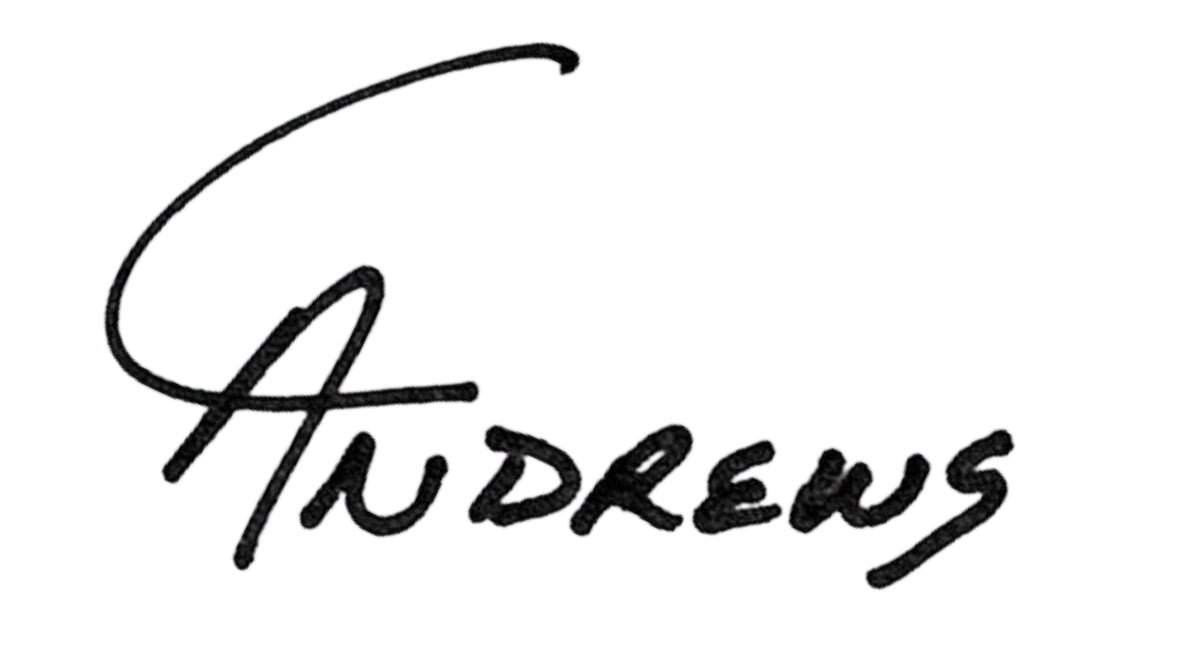As I prep my panels for the next body of work, I'm finally feeling that I have this process somewhat consistent and successful. I thought I'd share.
Printing Maps
It all begins with the selection of trail/topographic maps from my AllTrails application (the thought process behind a body of work is another story!). These are generated as PDF's, pulled into the Affinity Photo software program where I reduce them to a high contrast black and white image. I then print them using archival inks on acid free papers that ensures longevity.

Preparing Boards
I use hardwood panels as my substrate as they flex less than canvas. I find that it is easier to work the inks as the surface does not give. I seal the boards with a matt medium and allow to cure for 24 hours or more.

Collaging Maps
This is the fun part! I add a layer of fresh acrylic medium to the board and allow it to begin drying as this helps to reduce the buckling and bubbling of the paper. As I wait, I start choosing and tearing maps. Why do I tear instead of cut? I like the organic texture and bit of randomness that I can't quite control.
While collaging the maps I must delicately apply pressure with my hands or wooden tools to smooth out any bubbles that do occur. I think about placing prominent peak names in places that will not be too obscured by an image and keep design principles in mind with respect to elements in the map. There are times, when I know what the final image will be, that I pay more attention in this phase. Though these subtle choices may not be noticed by the viewer in the final work, I feel it gives me a strong foundation to build my images on.

Preparing for Ink
Once the initial layer has dried for a full 24 hours, the next phase seals and cleans up the edges. Three coats of matt medium are added, each cured for 24 hours. The first of the three coats always raises a few bubbles that must be resolved, sometimes by piercing the paper to work more media in, sometimes just pressure will do. After the second coat I scrape the extra medium and paper from the sides of the panels and give a light sand to smooth out the top edges. I have a sealed surface ready for ink after the third coat has cured!
Inking
Time for color. By sealing the surface with medium, the inks are prevented from soaking into the paper. This allows for a dance of adding color, wiping color off, adding color.....you get the picture. By varying how long I allow the inks to begin drying, I can control how much is ultimately left on the surface. Since the inks take a few days (or more depending on humidity and temperature) to fully cure, I can sometimes go in days later and lift areas of ink.
I primarily use Faber-Castell's Pitt Pens, which are highly pigmented India inks delivered in a pen system. In some instances I may also use acrylic or alcohol bottled inks to get coverage in larger areas.

There you are - a peek into the logistics of my artistic process. From selecting the maps to the final layering of ink, I enjoy each each step. So, next time you admiring one of my pieces, remember the journey that brought it to life!
